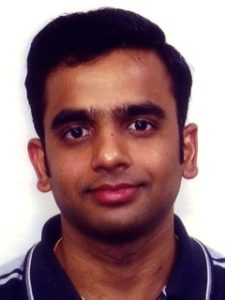Study of the Impact of Fast Non-Volatile Memory on Virtualized Environments
November 12, 2013
Rajesh Venkatasubramanian

VMWare
The distance in cycles from the CPU to durable storage has been a key aspect in the design of software. DRAM is typically lower latency, and hence reads and writes go a lot faster than even the fast IO devices like SSDs. Applications typically read data from durable storage into volatile DRAM, process them there, and periodically deposit the results into durable storage. OSs batch IOs and commit them in asynchronous fashion. All these latency hiding techniques may see their value diminish over the coming years due to the rise in capabilities of non-volatile memories. In this talk, we will explore the opportunities and challenges exposed by fast non-volatile memory.
Rajesh Venkatasubramanian has been with VMware since 2005. He has led the development of several vSphere memory management features including large page support, memory compression and swap caching on SSD. He enthusiastically participates in evolution of vMotion, distributed resource scheduling (DRS) and all resource management related features. He is very excited about the opportunities exposed by fast non-volatile memory and exploring how it will impact virtualized environments. Rajesh received PhD in Computer Science and Engineering from University of Michigan.